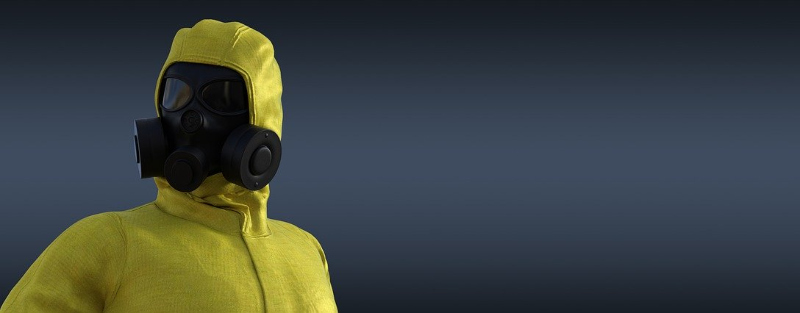
Every year, our state prepares for the coming wildfire season. We look carefully at prevailing conditions and indicators of danger, and take action required to protect the public. Earlier this year, we had a similar opportunity against COVID-19. Our failure to read prevailing conditions, assess danger, and take early action to protect the public cost needless lives. As with wildfires, so with the pandemic. Responders have to be ready and then move fast.
Wildfire is a terrible scourge in our state. Dry weather and high winds spark blazes that threaten rural homes, communities and even cities. Wildfires often produce large volumes of smoke that choke people across the state.
Preparation for the wildfire season is extensive, continuous and involves the coordination of local, state and federal resources. These crews train, rehearse, and respond in a coordinated suppression effort that involves ground and air resources. A few fire lookouts are still maintained while crews patrol on the ground and in the air by aircraft and satellite. Early detection and rapid response is the key to protecting the public as well as property owners. Many landowners pay a tax to fund fire suppression.
In comparison, our state’s preparation, detection, and response to the recent COVID-19 pandemic were scant and inadequate. We knew that a pandemic was forecast and rehearsed at the federal level (New York Times, March 19, 2020). We knew that the SARS respiratory disease originated in China in 2003 and that international air travel is a daily occurrence between China and Washington state. In addition, there were reports of a new respiratory illness striking the Chinese population in December of 2019. Scientists in China even released the genetic sequence of this novel coronavirus on January 10, 2020 (Science May 1, 2020).
Clearly there was a new disease striking people in China, and there were subtle attempts to suppress this information. Certainly, there was sufficient warning to be vigilant about a repetition of SARS, or worse.
And there was another set of alarming indications that a virulent virus was not only a threat but had actually arrived in our state early in 2020 (Seattle Times, March 11, 2020). This article details social media reports from China stretching back to early 2020 and the panic it was producing in local Asian communities. While reports of widespread sickness and some death in China continued, the virus apparently traveled by air from Wuhan on January 15, 2020 and landed at Sea-Tac.
Subsequent person-to-person transmission resulted in a rapid spread to our vulnerable populations, particularly The Life Care Center in Kirkland. Yet there was no alarm given by the Washington State Department of Health (DOH) even after a review by a state inspector on February 19, 2020 (Seattle Times, March 19, 2020). The director of DOH continued to downplay any risk to the public throughout February and into early March.
Both federal and state officials have a responsibility to protect public health. Alert health officials should be surveying global threats to our populace. Given the history of recent human disease, it would seem essential to monitor concentrated population centers for potential threats. Apparently, this was not done. As a result, valuable time was lost. That time could have resulted in stockpiling of protective gear and taking extra precautions for the most vulnerable among us. Time when visionary leadership could have built public-private partnerships to best serve the public in a time of pandemic.
A meaningful response by the state would wait until March 11, 2020 before Gov. Inslee announced a step to require social distancing as an initial first effort in response to the pandemic. There were no social distancing or masks at the news conference where this was announced, nearly two months after a confirmed case of COVID-19 appeared in Washington state.
We are fortunate that our state leaders did eventually take firm action. Their choices prevented a worse catastrophe. The lesson was learned again: We need to have pandemic protection the same way we prepare for beating back wildfire — heeding clear indicators of danger and taking early and prompt action to protect public health.
Dr. Goldmark served as Commissioner of Public Lands from 2009-2017 and is a molecular biologist
